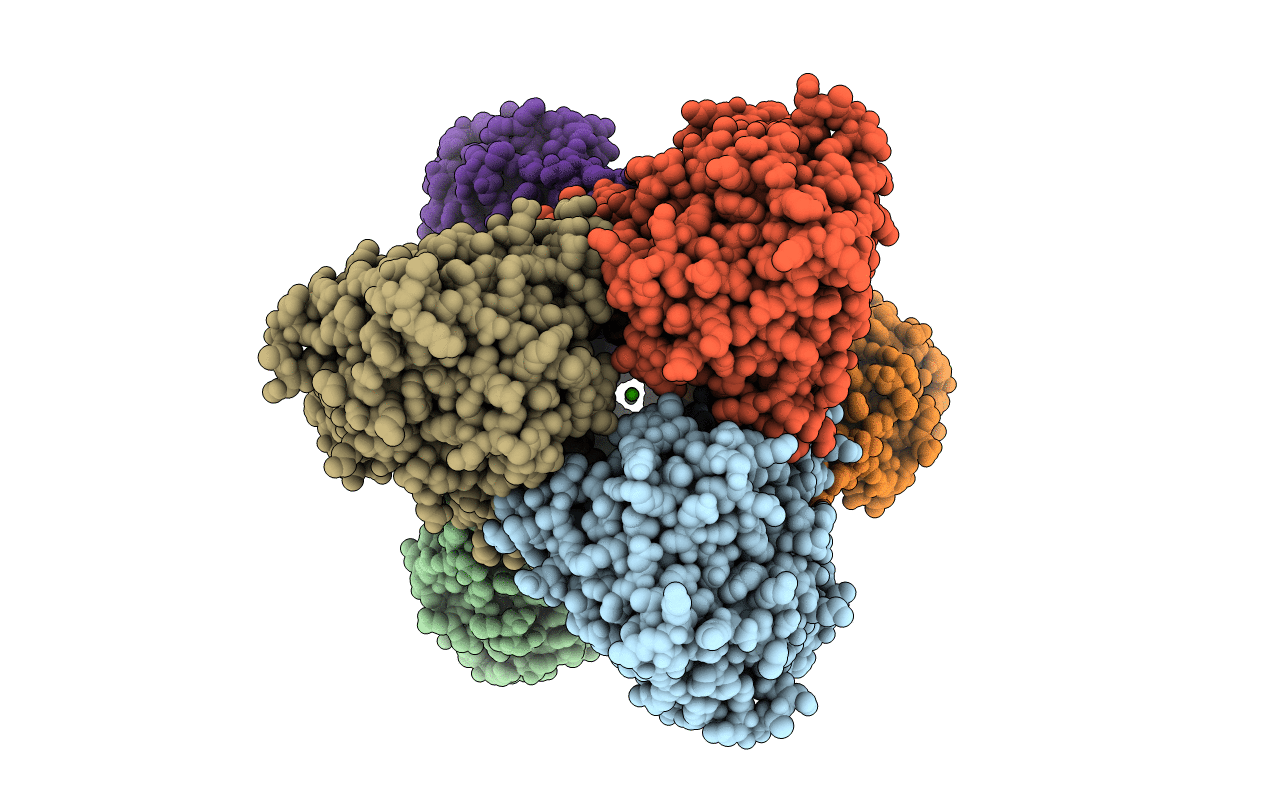
Deposition Date
2017-12-20
Release Date
2018-12-26
Last Version Date
2024-01-17
Entry Detail
PDB ID:
6FCG
Keywords:
Title:
Crystal structure of an endo-laminarinase from Formosa Hel1_33_131
Biological Source:
Source Organism:
Formosa sp. Hel1_33_131 (Taxon ID: 1336794)
Host Organism:
Method Details:
Experimental Method:
Resolution:
2.60 Å
R-Value Free:
0.23
R-Value Work:
0.20
R-Value Observed:
0.20
Space Group:
P 1 21 1


